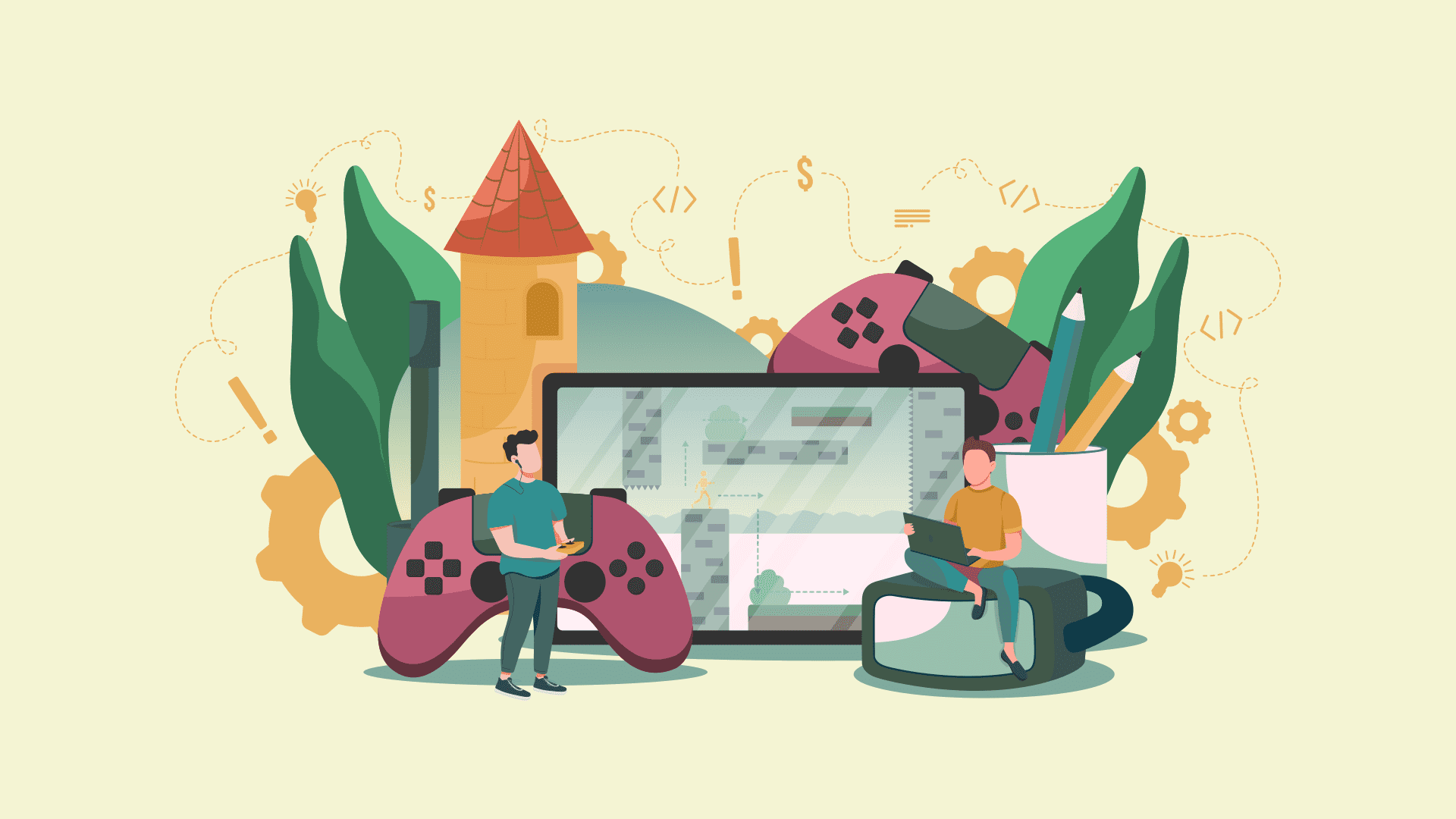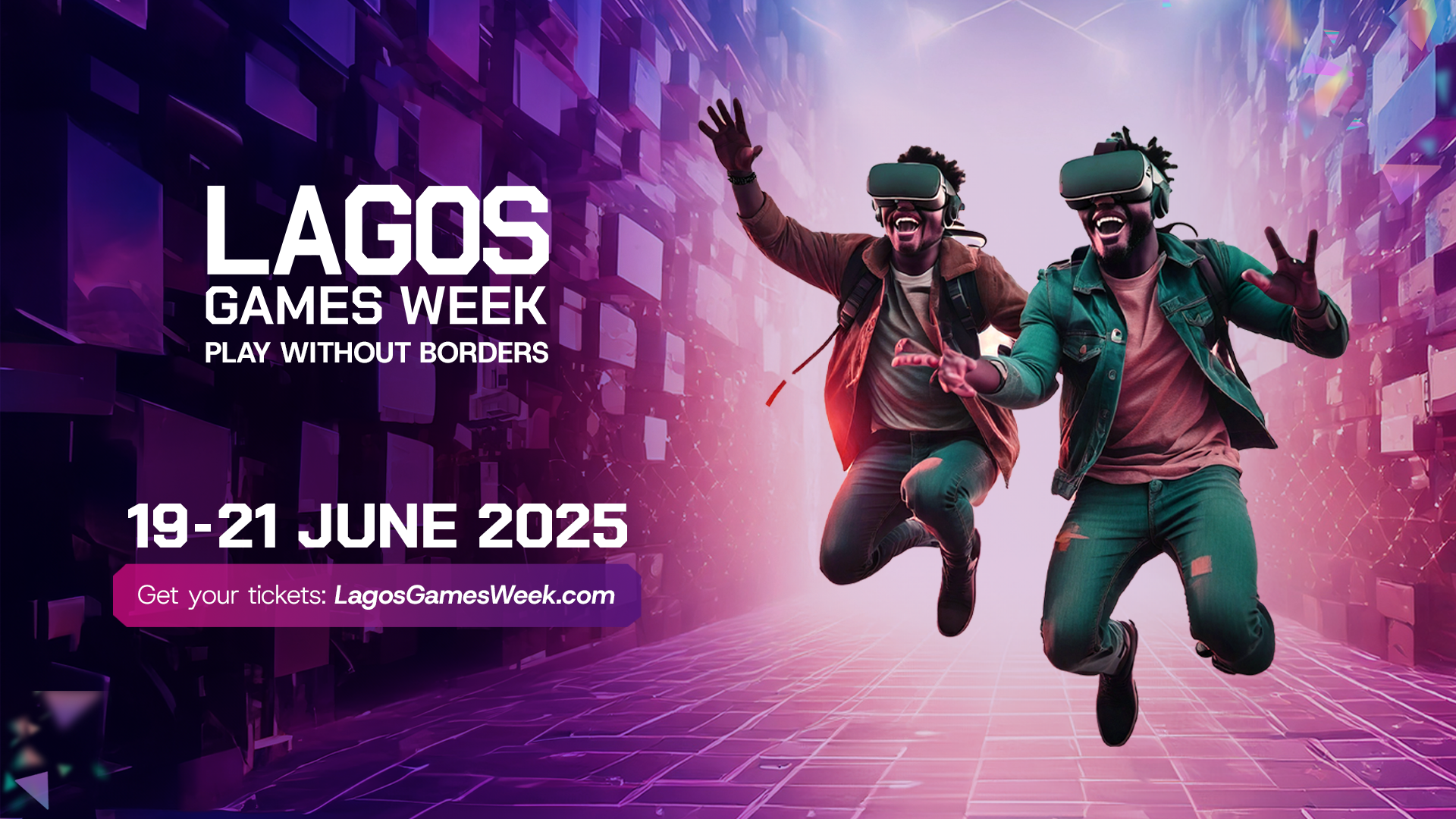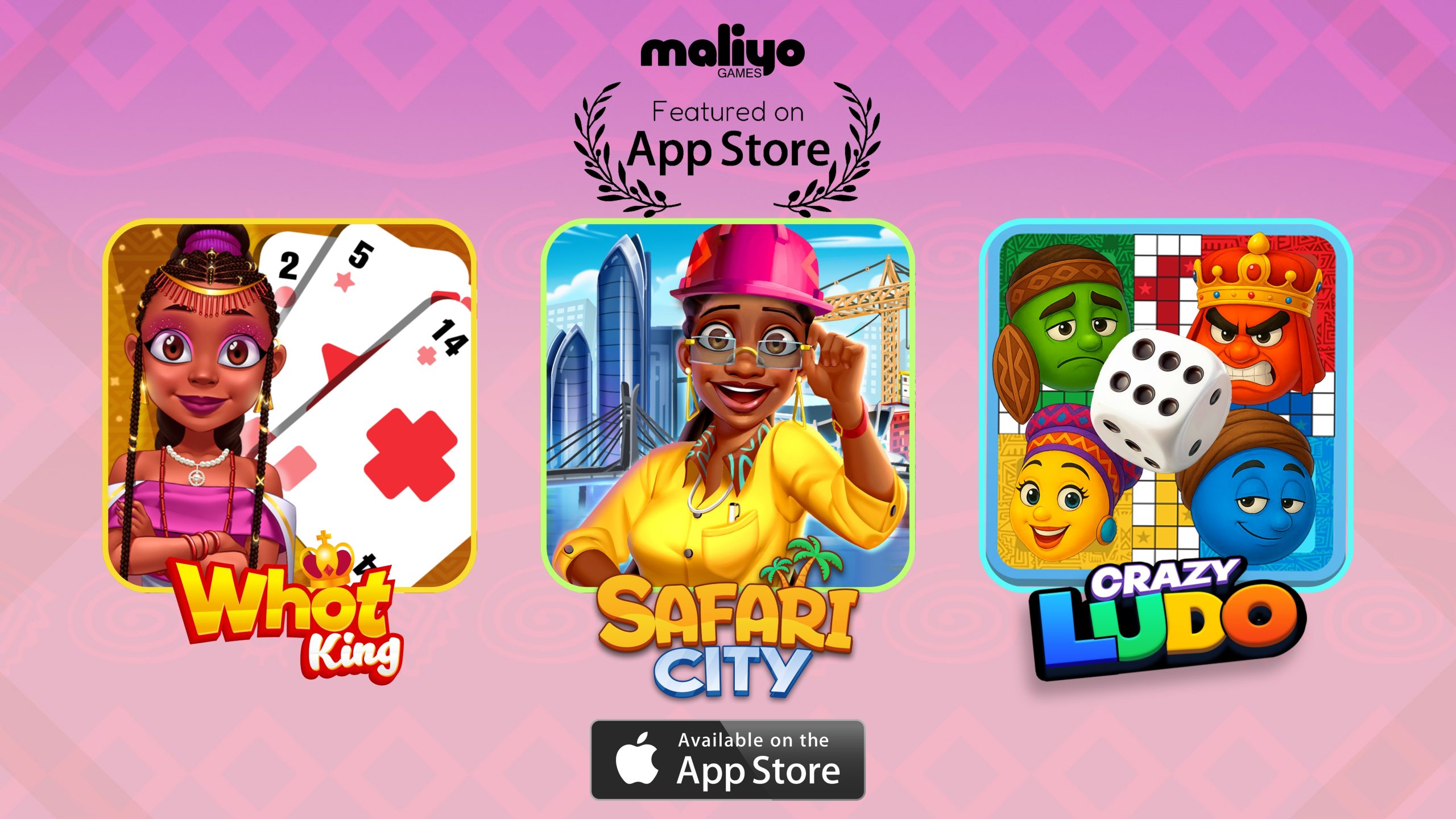The African continent is home to diverse cultures, languages, and educational systems. Despite the progress made in increasing access to education, many challenges persist. High dropout rates, overcrowded classrooms, and a lack of resources are common issues across the region. Additionally, the digital divide poses a significant barrier to educational access, with many students lacking access to computers and the Internet.
Gaming in Education: A New Approach
In response to these challenges, educators and innovators are turning to video games as an educational tool. The benefits of integrating gaming into education are multi-fold:
1. Engagement: Video games are inherently engaging, motivating students to actively participate in their learning. They can create a sense of excitement and challenge that traditional textbooks often lack.
2. Problem Solving: Many educational games require players to think critically, strategize, and solve complex problems. These skills are highly transferable to real-life situations.
3. Interactive Learning: Gaming allows students to interact with content in a dynamic and interactive manner, fostering a deeper understanding of subjects.
4. Immediate Feedback: Games can provide instant feedback, allowing students to learn from their mistakes and make improvements in real time.
5. Accessibility: With the rise of mobile gaming, educational apps and games can be easily accessed on smartphones, which are more prevalent than computers in many African regions.
Case Studies of Gaming in Education
Several initiatives across Africa showcase the potential of gaming in education:
1. MinecraftEdu in South Africa: MinecraftEdu, a modified version of the popular game Minecraft, has been used to teach various subjects. Students can build historical landmarks, simulate ecosystems, and even explore mathematics within the game.
2. Eneza Education in Kenya: Eneza Education provides mobile-based lessons and quizzes through gamified platforms. The app’s interactive nature makes learning accessible to students in remote areas with limited resources.
3. Ubongo in Tanzania: Ubongo is an edutainment company that uses animated TV shows, mobile apps, and SMS to teach math and science to children. These engaging tools have reached millions of students across the continent.
Challenges and Future Prospects
While gaming in education holds immense promise, it is not without challenges. Some of the key obstacles include:
1. Access to Technology: Many students in Africa still lack access to smartphones or computers, limiting their ability to benefit from educational games.
2. Resource Constraints: Developing high-quality educational games can be resource-intensive, and many schools and organizations may not have the necessary funding.
3. Cultural Relevance: Ensuring that educational games are culturally relevant and align with local curricula is essential for their success.
4. Teacher Training: Teachers need proper training to integrate gaming effectively into their classrooms.
The future of gaming in education in Africa relies on overcoming these challenges. Governments, NGOs, and private sector organizations can collaborate to bridge the digital divide and provide the necessary resources for the widespread adoption of educational gaming.
Conclusion
Gaming in education is emerging as a powerful and engaging tool that has the potential to transform the educational landscape in Africa. As access to technology continues to expand and innovative solutions are developed, more students will have the opportunity to benefit from this exciting approach to learning. By addressing the challenges and leveraging the benefits, gaming in education could play a vital role in bridging educational gaps and preparing the next generation of African students for success.




